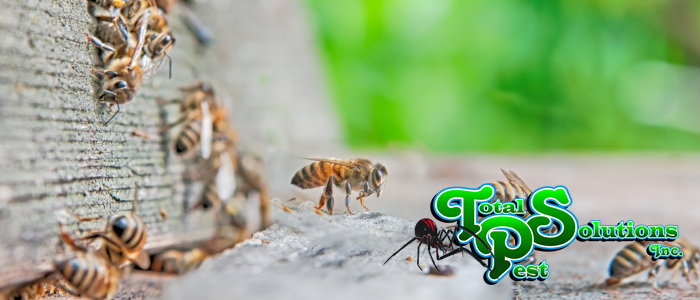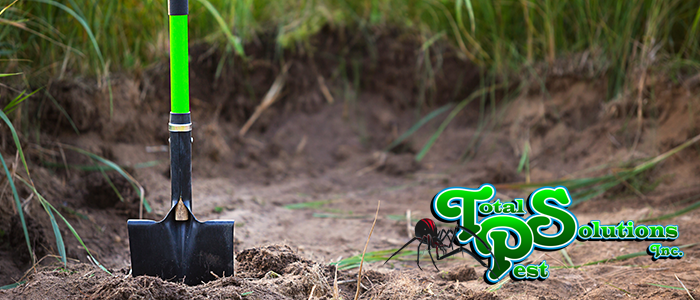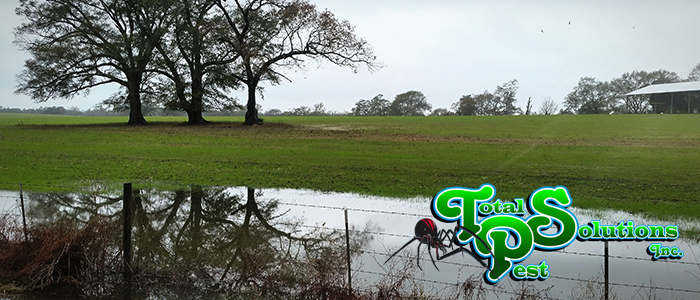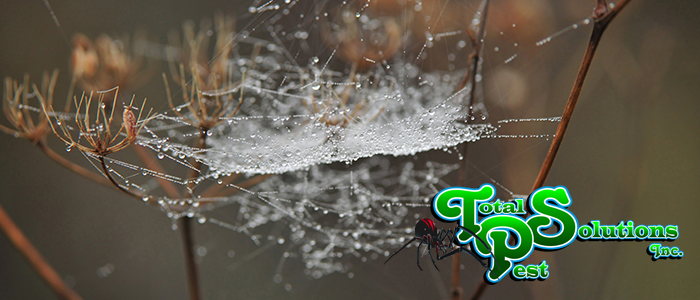
Stinging Insect Safety 101: Removing Nests Without Risking Your Health
Insects that live in homes and businesses are called “pests.” Most of the common pests that people think of include roaches, ants, and termites, but bees and wasps can also be considered pests. When it comes to removing nests of pests that bite and sting, you’ll need to be careful.
In this article, we’ll be specifically providing advice in regards to wasps, carpenter ants, and bees.
Dealing with Carpenter Ants
Carpenter ants are a common household pest in many parts of North America, and they can be difficult to get rid of—especially since they can give a pretty nasty bite when compared to regular ants.
These ants are typically identified by their large size, dark coloration, and elbowed antennae. But before you can decide on and start treatment for the presence of carpenter ants, you’ll need to identify the type of carpenter ant you’re having trouble with.
The most common types are the Northern Carpenter Ants (Camponotus modoc) and the Western Carpenter Ants (Camponotus occidentalis). If you have either of these species on your property, apply insecticides around windowsills and doorframes, as well as where they commonly enter structures through cracks in walls or foundations.
If you don’t want to use chemicals due to the presence of children or pets, you can try baiting stations that contain poison-laced food items. These will attract worker ants, who will then carry it back into their colony where the other colony members feed on it and die off.
Dealing with Bees
Bees are one of the most common insects to cause problems for homeowners. They can be destructive and dangerous, but there are ways to control them. Before you take action, though, figure out which kind of bee is buzzing around your home or business.
There are many different types of bees in North America, and each one has its own habits and preferences about where it likes to live and what flowers it likes to pollinate (or eat).
If your home or business attracts a particular species’ attention more than others’, then doing research on how best to deal with that specific species will help ensure success when dealing with infestations in the future. One thing you may want to consider in this regard is redoing landscaping and removing plants of interest for whatever bee you’re having trouble with.
Dealing with Wasps and Removing Nests
Got yellow jackets (Vespula spp.), hornets (Dolichovespula spp.) or paper wasps (Polistes spp.)? Insecticides should be applied directly into their nests using either baits or sprays.
For those who prefer traps over chemicals, you can try placing bait stations near the entrances where they’ll attract the wasps as they enter and exit their homes. In addition to killing off most of the bugs inside, this strategy also helps to reduce the likelihood and number of stings on humans that may pass near the nest.
Conclusion
The most important thing to remember when treating your property for stinging insects is that you should act quickly. If you notice any of these pests in your home or business, it’s important to call an exterminator right away. We at Total Pest Solutions can help you with removing stinging insects from the premises.
While you can do some treatment on your own, don’t try to remove nests on your own. These insects can be dangerous and will attack if they feel threatened, and oftentimes a nest that appears empty is not.
Don’t forget that many of these insects are attracted to food sources, so make sure that all food is covered when not being eaten—especially in restaurants.
continue reading
Related Posts
New Year Lawn Resolutions for Haines City: Soil Testing &
Auburndale’s Post-Storm Lawn Recovery: Addressing Flood Damage Following a severe
Davenport’s Spider Invasion: Managing Winter Web Builders As the temperature







